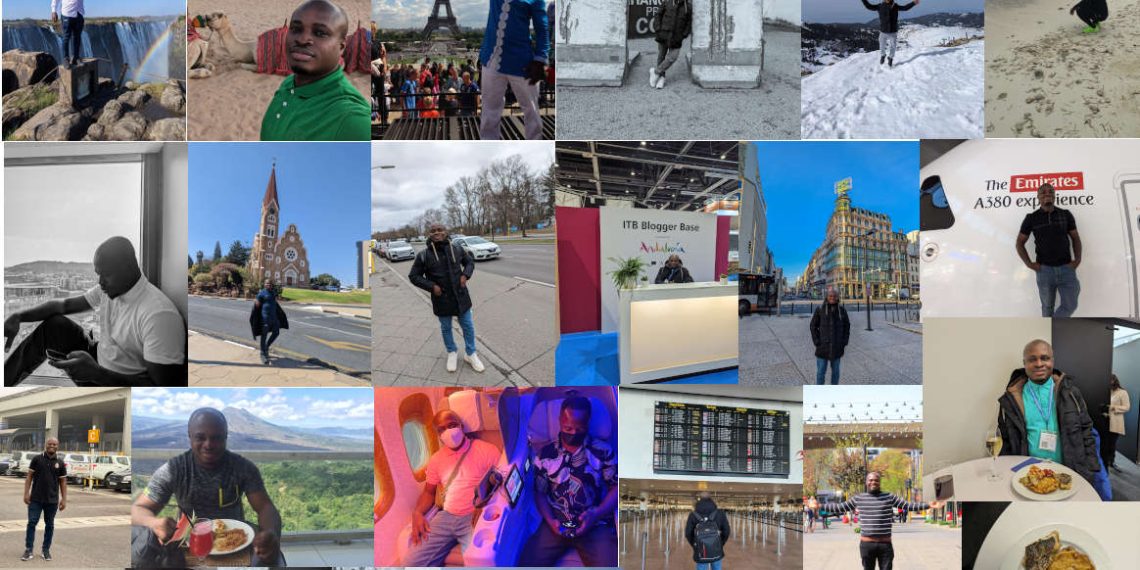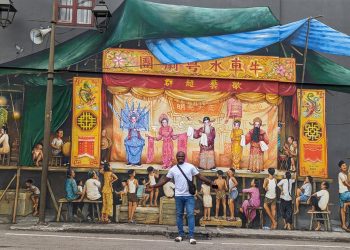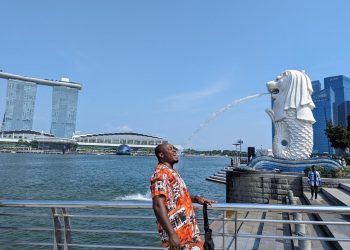Toa Payoh, a planning area and mature residential town in Singapore, is not just a location on the map but a vibrant tapestry woven with historical significance, inclusive amenities, and unique features.
Historical Significance
Toa Payoh holds a special place in Singapore’s history as the site of several pioneering developments.
It proudly boasts being home to Singapore’s first Mass Rapid Transit (MRT) station and the first integrated air-conditioned bus interchange.
As the inaugural self-sufficient satellite town crafted by the Housing and Development Board (HDB), Toa Payoh set the stage for future urban planning in Singapore.
This milestone reflects the town’s commitment to providing residents with essential amenities within its boundaries, fostering a sense of community and self-sustainability.
Inclusive Amenities
One of Toa Payoh’s defining features is its commitment to inclusive amenities.
The Toa Payoh Integrated Development is a testament to this commitment, offering residents a comprehensive lifestyle destination.
This development encompasses a regional sports center, a polyclinic, a public library, and a regional town park. These facilities not only cater to the physical well-being of residents but also create spaces for learning, recreation, and community engagement.
Beyond these, Toa Payoh hosts an array of places of worship, community clubs, entertainment hubs, well-known schools, and healthcare facilities, contributing to the town’s holistic appeal.
Unique Features
Toa Payoh’s character is further enriched by unique features that set it apart.
The town’s street prefixes, communicated in the Malay language, provide a cultural link to Singapore’s history as a state of Malaysia.
This linguistic choice reflects the historical context of Toa Payoh’s conception.
In addition, Toa Payoh is home to one of the most distinctive HDB blocks in Singapore—Block 53, known for its Y-shaped design that adds an architectural touch to the town’s landscape.
Language and Meaning
The name “Toa Payoh” itself carries historical echoes. Rooted in the Hokkien dialect, “Toa” translates to “big,” and “Payoh” to “swamp.”
This nomenclature resonates with the area’s past, once covered by forests and swamps before evolving into farmlands and eventually the bustling town it is today.
The primary language associated with Toa Payoh is Hokkien, reflecting its cultural and historical roots.
Still have some travel questions? Ask in our Travel WhatsApp Group.








